
Bob's Resource Website (2007) Studebaker/Bendix Hydrovac

Bob's Resource Website (2007) Studebaker/Bendix Hydrovac
Type A Unit - General purpose Car application - 1" piston- 7" cannister
NOTE: This is not the unit used with Studebaker DISK brake cars. Those are Type F and have a longer snout and smaller diameter piston.
Hydrovacs are fairly complicated mechanisms and are sensitive to corrosion from contaminated brake fluid. The piston will seize and render the unit useless if not cared for, over the years.
Maintenance includes flushing the entire brake system every 2-3 years to keep moisture (Bleed a system with a Hydrovac, with the engine OFF.) and dirt out of the unit and lubricating the diaphragm with neatsfoot oil. There's a small pipe plug in the base of the vacuum drum. Remove the plug and inject a few teaspoons of Neatsfoot oil into the drum. The diaphragm has a leather seal, with a cotton rope lining the inside. The rope absorbs the oil and distributes it around the seal.
CAUTION: if using Silicone brake fluid.... Pay attention to your Hydrovac maintenance. Leaking internal seals can lead to brake fluid seeping into the vacuum chamber and then being drawn into the intake manifold. Silicone brake fluid will chemically change to Silicon Dioxide under extreme temperatures. Silicon Dioxide is harder than sand and if drawn into your engine will score cylinders...
Caution..... Vacuum lines...
Inattention to this area can lead to a burned piston and engine failure..(FACT!)
You can easily see if your pedal is the short one by looking under the floor next to your Master Cylinder. The Power brake pedal has a pivot point, which is BOLTED to the frame about 6-8 inches ahead of the MC. The Standard pedal pivot point was welded to the frame and very close to the MC.
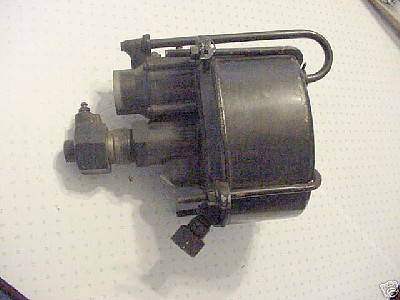
|
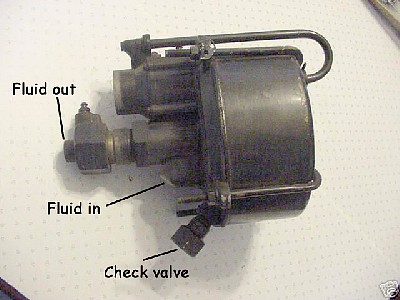
|
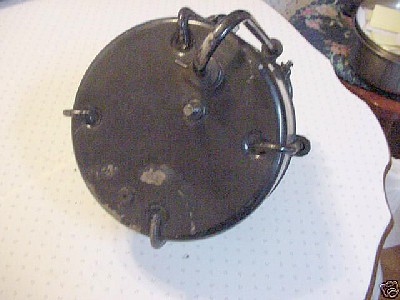
|
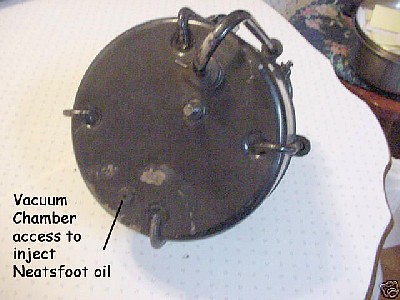
|
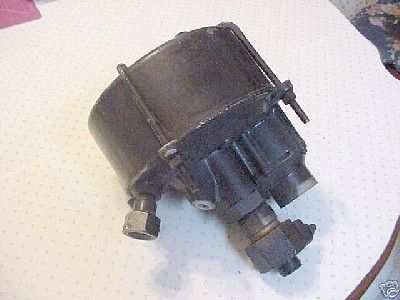
|